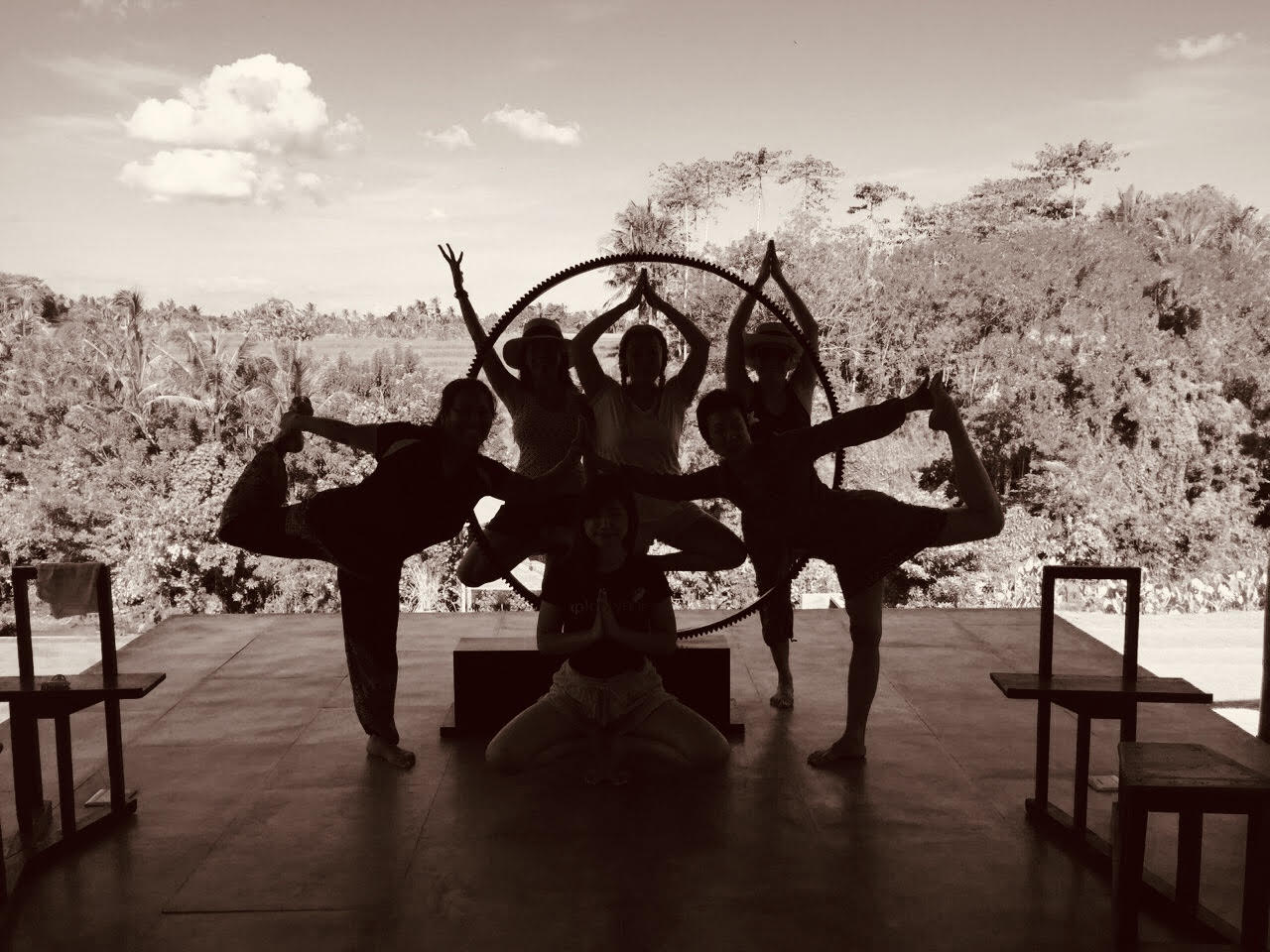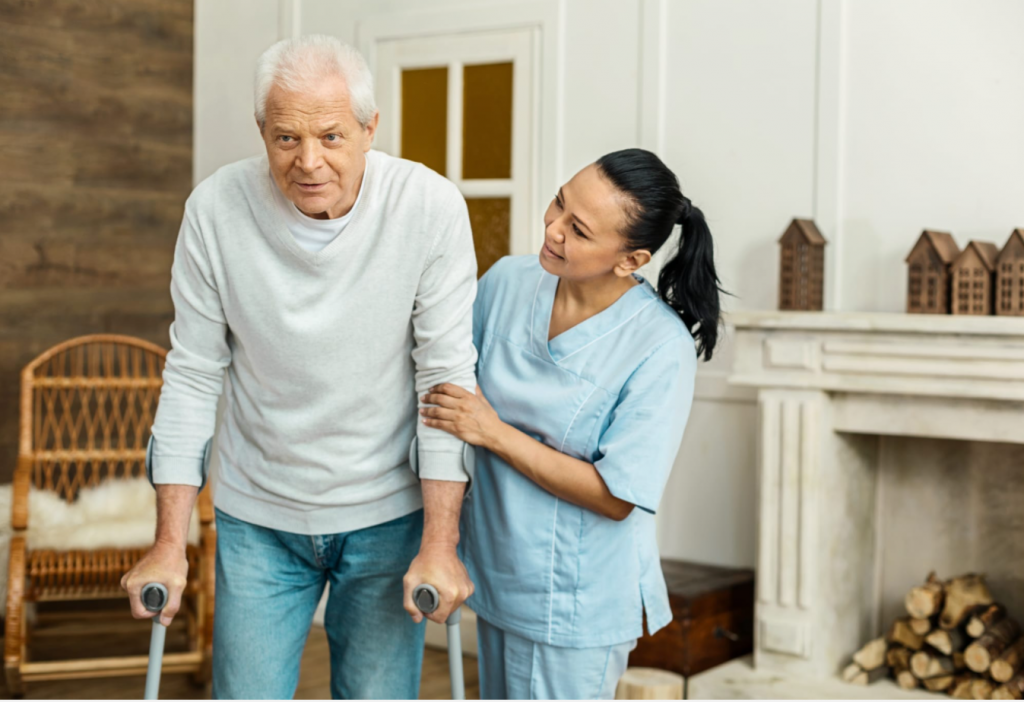
June 25, 2025
Home Sweet Home

As our loved ones and those we care for get older or grow ill, we must recognize that their ambulatory skills are not what they used to be. Things that were once everyday menial tasks become huge mountains to cross for them as their control over their body becomes weaker. One of these tasks, unfortunately, includes walking on their own and with this difficulty comes a great risk of them falling and getting injured. It’s impossible to eliminate the entire possibility that they will fall; however, there are several steps caregivers can take to help prevent falls and minimize the damage if it is to occur.

The Centre for Effective Practice has specialized the 4 P’s approach to fall prevention – those of which are pain, position, placement, and personal needs. These steps are some of the first to be taken in the pursuit of fall prevention as they prompt the caregiver to assess and to communicate the needs of the person they provide care for. The CEP gives a series of questions which address important issues ranging from the patient’s physical wellbeing to their preferences concerning their environment.
Gauging the pain level of the one in your care is vital. It allows you to understand the level of monitoring they require depending on how they feel physically. Higher pain levels require a closer eye and interventions that will address the issue. compared. ones suggest they don’t need as much immediate attention. As an example, if they were to attempt to move around without supervision while experiencing pain or discomfort, it could possibly result in a fall. Obviously the answer to this question may differ by the day, so it’s also important to consistently ask them about their pain and act accordingly.

2. Position: Do you want me to help you move into a better position?
It may be difficult or even embarrassing for the client or your loved one to admit that they are in a position that is uncomfortable and can’t adjust themselves. As this could be the case, it’s possible that they won’t even make this known to you as their caregiver and will choose instead to suffer in silence. Your job in this case is to bridge that gap and offer them assistance before they try to maneuver themselves in a dangerous way while you aren’t around. Showing them you’re open to helping and are capable of doing so could ease their concerns so they become more likely to ask for help in the future.

3. Placement: Do you need anything to be placed within reach? (i.e. phone, remote, call bell, etc.)
Similar to the previous P, making the patient’s belongings easily accessible to them can be a huge factor in fall prevention. The less they have to trouble themselves to get something they use often, the better. That being said, try to be mindful of things you see them gravitate towards regularly and ask if they’d prefer it to be closer to them while they’re resting. This should especially be the case for anything they would need to call for help in an emergency.
4. Personal Needs: Do you need anything to eat or drink? Do you need to go to the restroom?

As another way of bridging a communicative gap, asking them upfront about personal needs is a must as well. Minimizing the resident’s possible forethought that they need to do everything on their own will inevitably keep them safer in the long run. It’s a form of encouragement that if they can receive help, they may accept it without feeling any shame. That way it reduces risks of a physical accident and offers reassurance about being properly cared for.
The 4 P approach is merely the beginning of enacting effective fall prevention. Naturally, there are other ways you can help adjust the resident’s way of living in order to make things easier for them before they even have to communicate an issue. Measures such as removing obstacles they may stumble over in commonly used walkways or ensuring their walking aids are readily available are other active means of keeping them safe. Fall prevention at its root boils down to one thing: vigilance. So for this holiday season, keep these valuable tips in mind to ensure that the one in your care enjoys this Fall season free from fall injuries.
https://cep.health/media/uploaded/CEP_Falls_SupCareStaff_2016.pdf
Images from Unsplash.com
Article written by: Ryshel Constantino